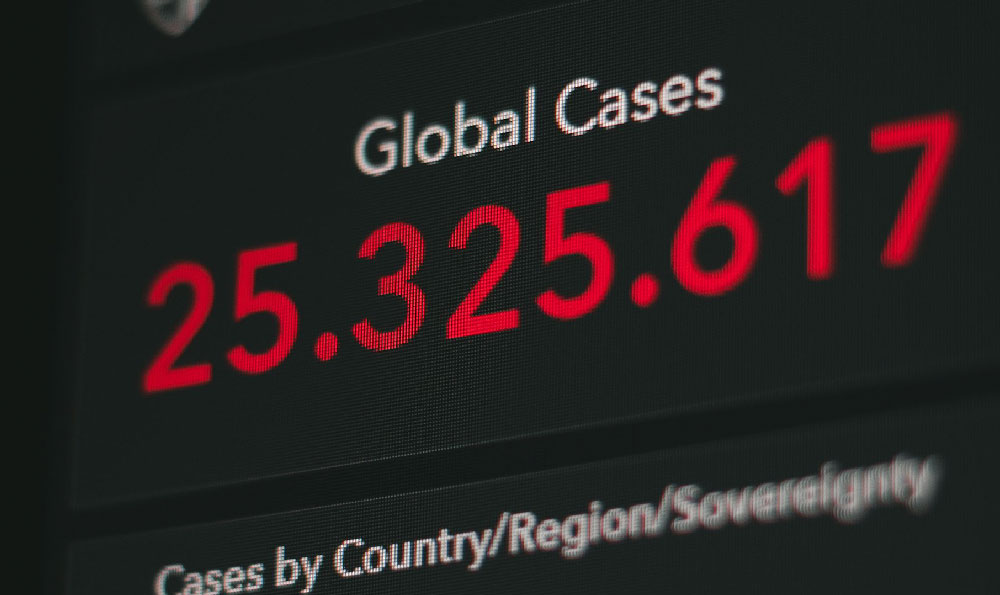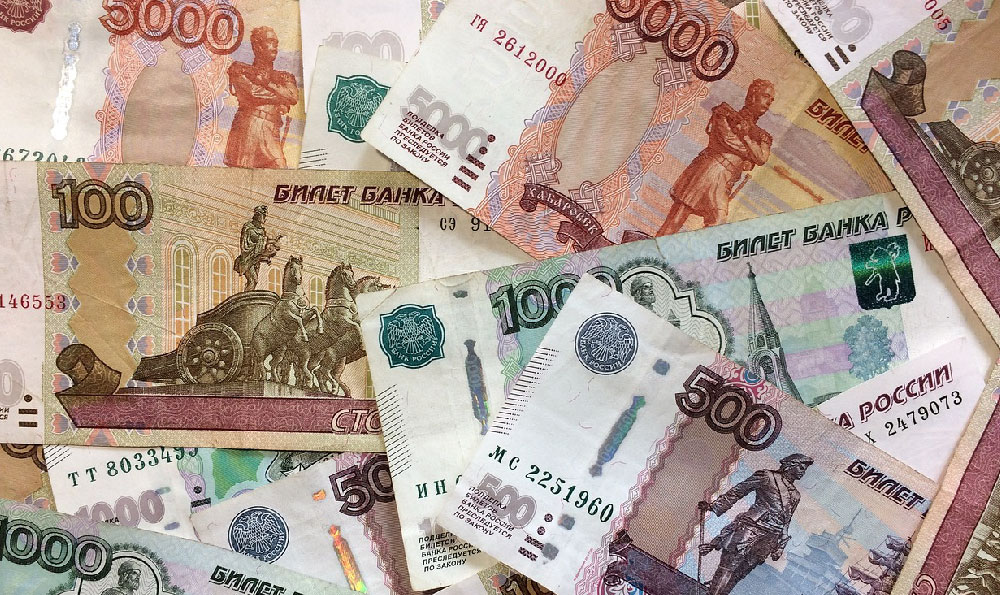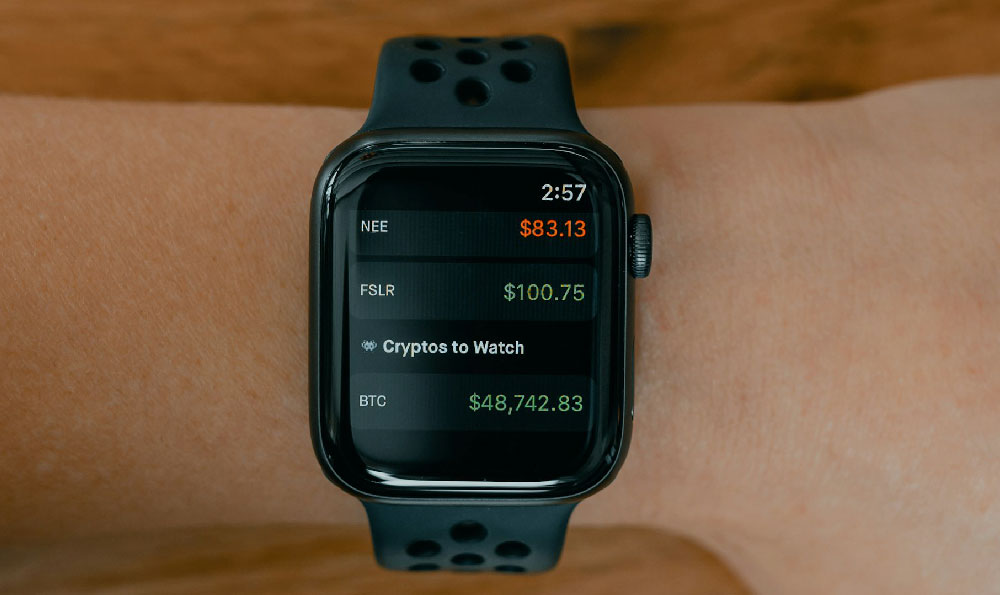How to Monetize Free Apps: Effective Strategies for Making Money Online

Monetizing free apps has become an increasingly viable path for individuals and businesses looking to generate income in the digital space. The rise of mobile technology and the widespread adoption of smartphones have created a fertile ground for app-based revenue models. While launching a paid application may seem like the most straightforward approach, many developers and entrepreneurs have found alternative ways to create value without compromising the free access model. The key lies in understanding the diverse monetization strategies that can be seamlessly integrated into free apps, allowing creators to maintain user engagement while building a sustainable income stream. This requires a nuanced approach that balances profitability with user experience, ensuring that financial incentives do not overshadow the app's core functionality.
One of the most common methods to generate revenue from free apps is through in-app advertising. Advertising networks such as Google AdMob or AppLovin offer developers the opportunity to display targeted banners, interstitials, or rewarded video ads within their applications. These ads not only provide a steady income stream but also allow for real-time adjustments based on user behavior and engagement metrics. However, the effectiveness of this strategy depends heavily on the app's niche, target audience, and the platform's ad policies. For instance, a gaming app might benefit more from rewarded video ads that offer in-game rewards in exchange for user interaction, while a productivity tool may find value in non-intrusive banner ads that maintain the app's utility without disrupting the user experience. Additionally, the placement of ads is critical—strategically positioning them where users are most likely to engage without causing friction can significantly impact revenue.
Another powerful avenue for monetization is leveraging the app's user base through premium features or subscription models. By offering a basic free version with limited functionality and a premium version that unlocks advanced features or removes advertisements, developers can create a tiered revenue structure. This approach is particularly effective for apps that require long-term user retention, such as fitness trackers, language learning platforms, or creative tools. Subscription models also allow for predictable income streams, which can be beneficial for financial planning. For example, apps like Spotify or Netflix use a freemium model where users can access basic features for free but must pay for ad-free or premium experiences. However, the success of this strategy depends on the app's ability to provide clear value in the premium tier, ensuring that users perceive the investment as worthwhile.

A third strategy involves engaging with the app's community through referral programs or affiliate marketing. Encouraging users to invite friends or share the app on social media can create a viral effect that drives user acquisition at minimal cost. Platforms like Refersion or ShareASale enable developers to earn commissions based on referral activity, depending on the app's integration with affiliate networks. This method is particularly effective for apps that have a social or collaborative component, as users are more likely to share experiences with their networks. However, the revenue generated through referrals is typically lower than other methods, and the effectiveness can be influenced by the app's marketing efforts and the platform's commission structure.
Additionally, data monetization has emerged as a viable option for free apps that can collect and analyze user data ethically and transparently. By providing users with the ability to opt-in to data sharing, apps can earn revenue by selling anonymized data to third-party companies for market research, product development, or targeted advertising. Platforms like DataCockpit or DataRobot offer tools and services to help developers leverage user data effectively. However, this strategy must be approached with caution, as user privacy concerns and data compliance regulations (such as GDPR or CCPA) can pose significant challenges. Transparent communication about data usage and offering users control over their information is essential to build trust and ensure the app's long-term viability.
Finally, free apps can explore innovative monetization strategies such as content creation, user-generated content (UGC), or collaborations with other brands. By monetizing through content, developers can leverage their audience's interest in specific topics or trends, generating revenue through sponsored posts, affiliate links, or product placements. For instance, popular apps like TikTok and YouTube have transformed into major platforms for content creators to monetize their work through advertising, brand partnerships, and subscriptions. Meanwhile, UGC platforms like Instagram or Snapchat enable users to generate revenue through brand collaborations, where brands pay creators to showcase their products within the app's ecosystem. These strategies often require a strong foundation in content marketing and a deep understanding of the target audience's preferences.
In conclusion, monetizing free apps is a multifaceted endeavor that requires a combination of creative strategies, technical execution, and market awareness. By integrating advertising, subscription models, referral programs, data monetization, and content creation into their free apps, developers can create a sustainable revenue stream without compromising user experience. The success of these strategies depends on the app's alignment with the target audience's needs, the quality of the monetization model, and the ability to adapt to changing market conditions. For individuals and businesses looking to explore this path, a thoughtful approach that prioritizes long-term growth, user satisfaction, and ethical considerations is essential to ensure profitability and a strong return on investment.















